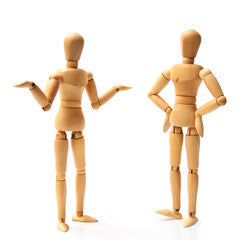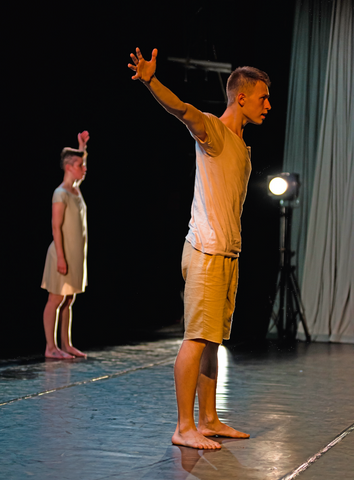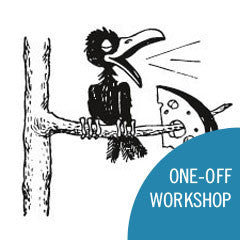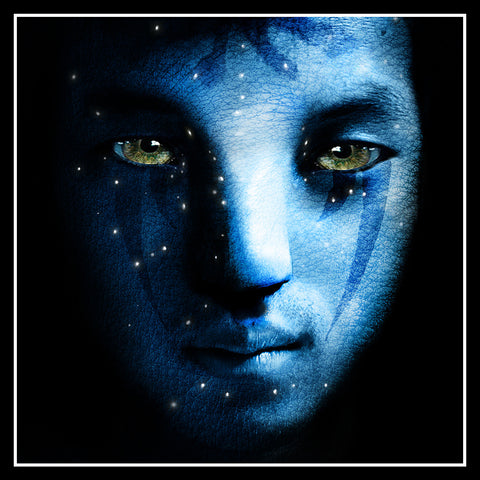
Body language
£14.95
For performers, one of the most enjoyable aspects of drama is the craft of playing a character – the moment when a performer steps out of their ‘real’ self and is able to explore what it is like to be someone else. At a time when those who employ professional actors are increasingly casting close to type – thus limiting the opportunities for actors to show their versatility – it is important to seize the opportunity, in amateur and student drama, to cast students in multiple roles, in ways which stretch them creatively.There are excellent developmental reasons for asking students to play characters different from themselves, in both scripted and devising contexts: it is experiential learning at its purest, helping students become more empathetic towards those outside their own immediate culture; it challenges them to reflect on their own behaviour and methods of communication; and it stretches them as performers. Especially challenging are those plays which require an actor to play more than one character, which calls for a clear process of characterisation, otherwise audiences may be left feeling confused.
The plays of John Godber, Dario Fo/Franca Rame, Steven Berkoff and Bertolt Brecht – with their link back to the stock characters of the commedia dell’arte – typically rely on quick audience recognition of character types. A stereotypical ‘grumpy old man’ will typically be dressed with flat cap, long raincoat, unfashionable glasses and walking stick, exhibiting behaviour which includes a permanent scowl, grizzly voice and stoop. Such a stereotype invites laughter (or groans) of recognition.
Naturalistic drama, however, demands characterisation which is completely believable. A student actor playing two characters in a typical play by Chekhov, Ibsen, Ayckbourn or Pinter must be equally convincing in both roles.
What this scheme offers is a process of physical characterisation which works for all types of drama. Using the mnemonic THOSE, you will be teaching your students techniques for achieving greater versatility in creating believable characters.
THOSE stands for Tension, Height, Openness, Space, and Eye contact. These are all characteristics of movement which alter from person to person.
Learning objectives:
- To enable students to recognise and change their own body language
- To explore the creation of physical character as a repeatable process
- To consider psychological motivation when playing a character
- To empower students to become physically versatile performers
Number of lessons:3




